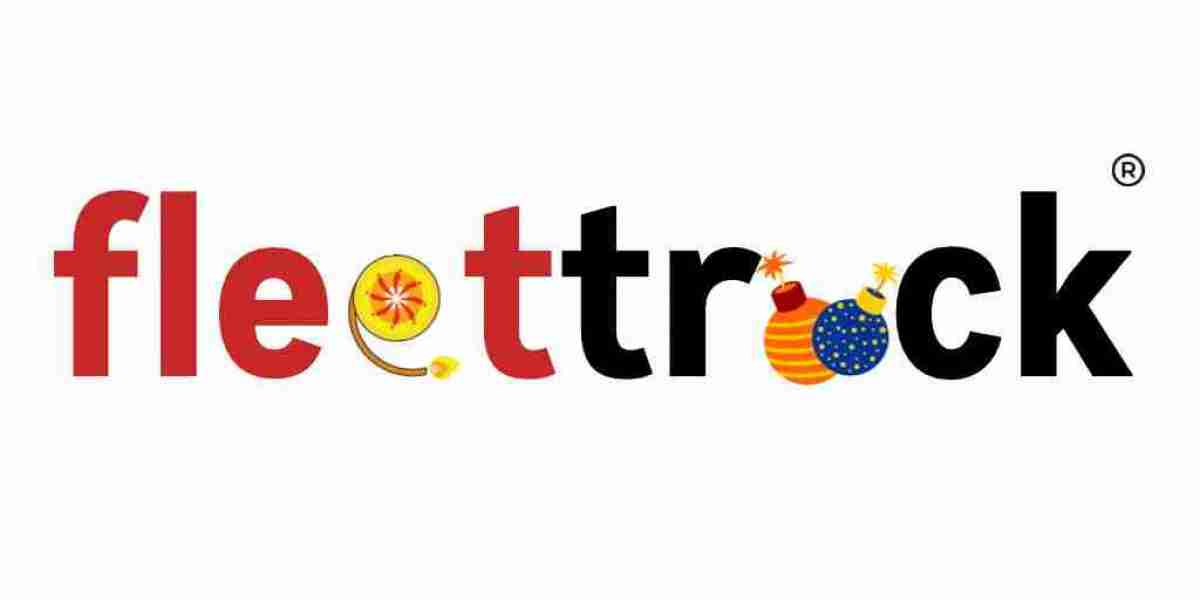Coccydynia is a severe pain in the tailbone that limits patient activity levels, reducing their quality of life. This pain results from a fracture or even a sprain of a small triangular bone situated at the tip of the vertebral column. This happens due to prolonged periods of sitting on hard surfaces or having very little sitting surface. Another cause is the change brought about by arthritis or even childbirth. Thus, to most people, the painful state of coccydynia is majorly felt during sitting, standing, and also any movements that might cause pressure over the lower back area. Pain ranges from the least extreme, as mild, to the most extreme, as acute, and it might even progress to chronic pain if the condition worsens.
Most coccydynia treatments are conservative in nature. The pain often resolves or goes away with proper rest and stopping activities that exacerbate the pain. Much of the self-management care can be done very effectively. Patients are advised to avoid positional and activity factors that might exacerbate the pain, such as prolonged sitting, standing, or even driving. One can further reduce pressure on the coccyx with the help of a cushion with a cut-out section. This will help you get some relief while sitting. Such modifications, when combined with proper posture, can relieve discomfort to a large extent.
Another key pillar in coccydynia management is medication. Over-the-counter anti-inflammatory drugs and non-steroidal painkillers are some of the most commonly used medications to reduce pain and inflammation. These medications can bring huge relief, especially in acute flare-ups. However, they have to be taken as directed and under proper professional advice in order to avoid possible side effects or complications. Apart from the medication, a hot and cold compress is also of great use. The cold compress will decrease swelling and make the area numb, thereby relieving acute pain quickly. On the other hand, a hot compress relaxes the muscles and enhances blood circulation, which will help reduce discomfort. Alternating between the two can be helpful in better-managing symptoms.
One of the higher-order options for the lower back pain treatment, including coccydynia, is advanced physical therapy involving isolation technology. This advanced approach helps in isolating the muscles that surround the coccyx, hence giving focused relief. A physical therapist would take one through exercises meant to increase flexibility, strength, and posture—all very important in managing and keeping away further pain. Such isolation technology could be harnessed to very specifically target affected areas, and in this way, a particular treatment would not only be extremely effective but also safe.
In most cases, These conservative treatments suffice to manage and alleviate coccydynia. It should be known that, in about 90% of cases, these conservative, non-invasive methods are enough to treat coccydynia effectively. Surgery is not indicated unless serious, debilitating conditions arise that seriously affect the quality of life of the patient. Surgical treatment options are always the last resort and are considered only when all other treatments have failed or when the pain is severe enough to interfere with ordinary daily activities.
In case of severe or persistent tailbone pain, individuals should seek help from experts in health. This move will help avert any chronic conditions and improve the chances of successful treatment early enough. Only through a detailed analysis done by a specialist, like those at QI Spine Clinic, shall guideline treatment intervention offer tailored interventions. QI Spine Clinic imparts expertise in the non-surgical care of spinal disorders and delivers the finest and most personalized treatment with advanced therapies. With a conservative management-focused approach, QI Spine Clinic aims to effectively relieve and improve the quality of life in patients suffering from Coccydynia and other spinal ailments.








